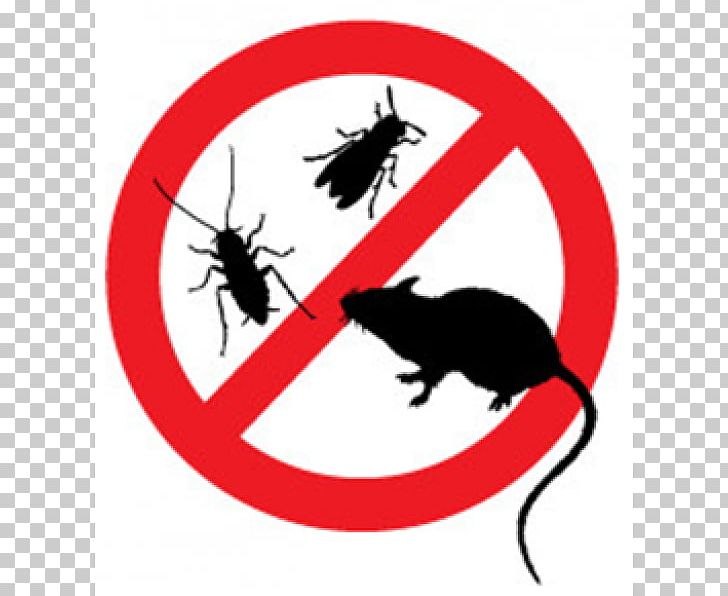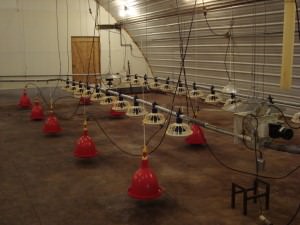Waterline Testing
Good quality water – outside or in the barns – keeps your pheasants and other gamebirds healthy. At MacFarlane Pheasant we use the water lines to deliver probiotics or vitamins, but the very thing that makes them healthier, can also linger in the lines and form a build-up that can harbor bacteria.
It is important to maintain a cleaning schedule on your lines as well as shocking the lines between flocks. Chlorine, chlorine dioxide, and hydrogen peroxide are solutions that can be used to clean lines. To shock the lines we have found it is beneficial to let the mixture sit in the lines for between 12 and 24 hours and then flush it out. This allows the solution to clean everything and remove any buildup. E-coli and even Salmonella can sit in bio-films that form in the line and wear a bird’s immune system down by exposing them to the biofilm over time.
We use a tracer dye in the lines after the cleaning to make sure all the lines are clear and to make sure the cleaning solution has been flushed out. The dye is added after the chemical so when we see the dye run out, we know the cleaning solution is flushed out. Then we run the lines until they are clear of dye.
It is important to know what is in your groundwater or well water. Birds, like people, like clean water and sometimes this requires the use of solutions to keep lines clean. Chlorine pellets dropped into outside wells can help keep the water clean, but you have to make sure you don’t use so much as to affect the taste of the water and cause the pheasants or other gamebirds to stop drinking.
As a general rule, if you test the water at the end of the line outside and you are using a chlorine system as maintenance – it should be between 1 and 2 ppm. For brooder barns, there should be absolutely NO chlorine around the chicks or in the barns.
Easy ways to detect if you are getting bio-film buildup is watch for water pressure changes or have a section of clear pipe to see what’s in the line. Set up a regular schedule of checking levels in water and watch the birds – if they start looking lethargic and are staying away from the water, that’s a sure sign something needs to be checked in to.
Animals cannot live without water. If your birds reject the water because of taste, or drink contaminated water, you run the risk of losing them. It is essential to keep your water lines clean, and to check your water often to make sure that you do not have unwanted organisms growing.
Related Posts
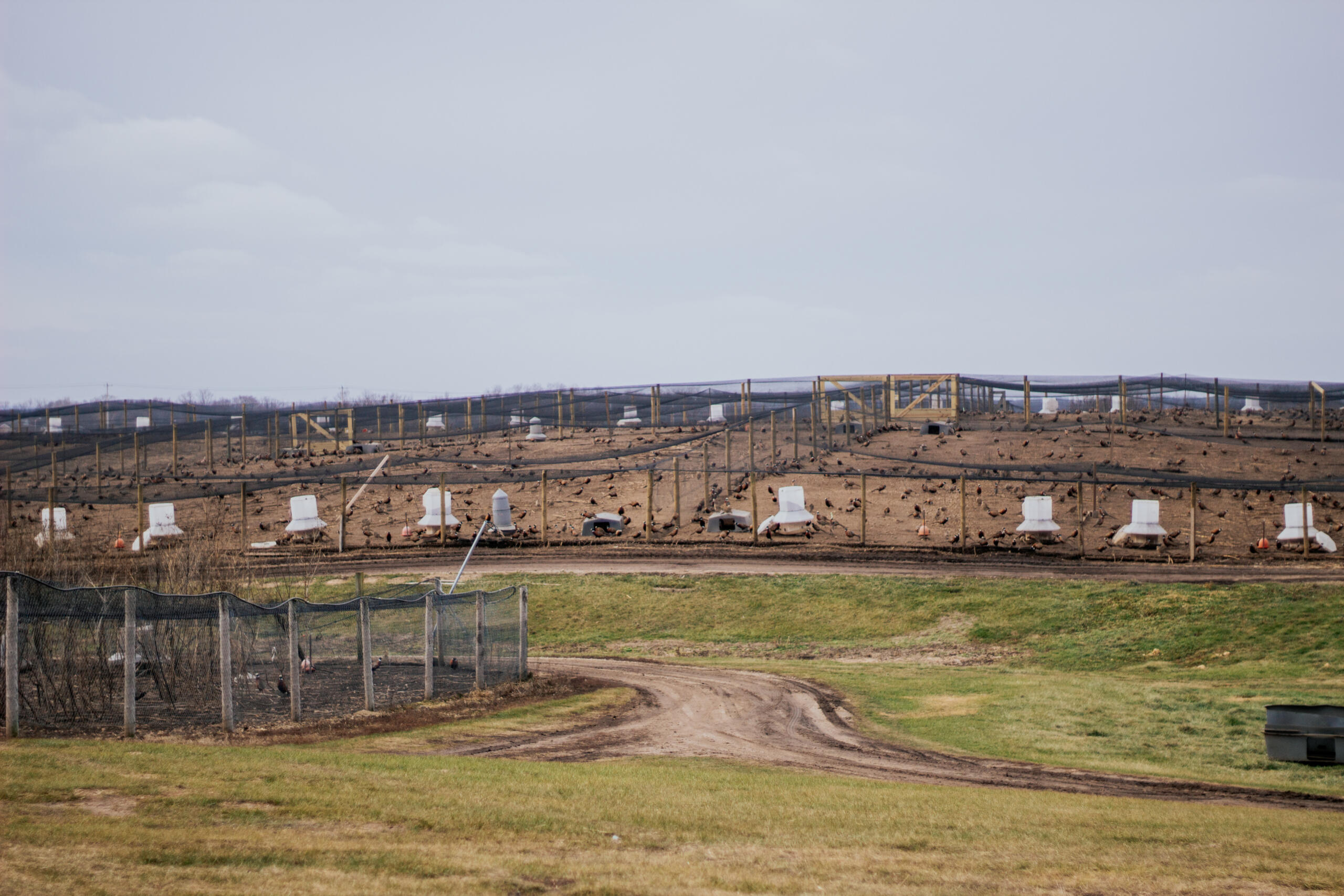
Preparing Our Barns & Pens Each Spring
Read Post
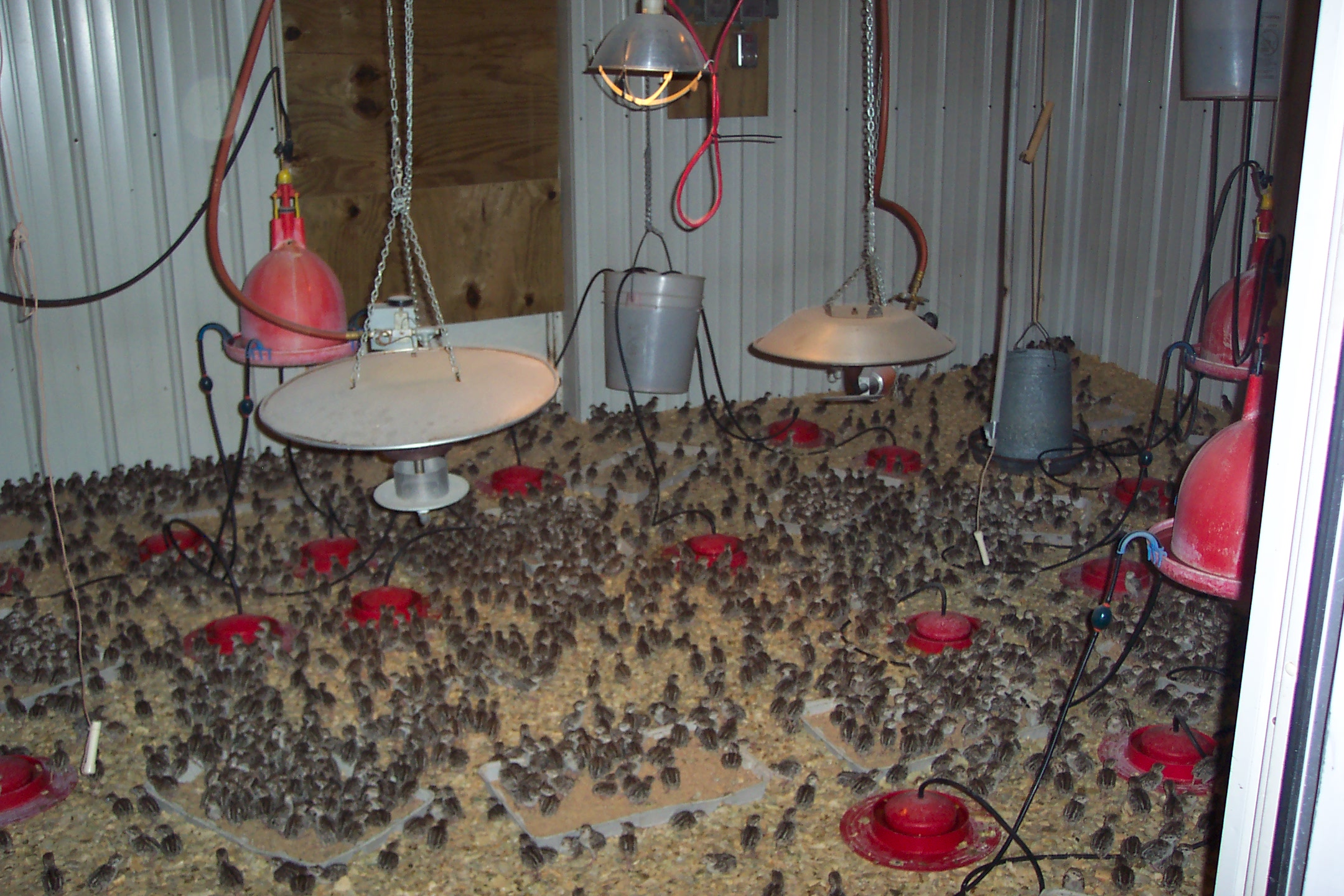
How We Prepare For Brooding Our Chicks
Read Post
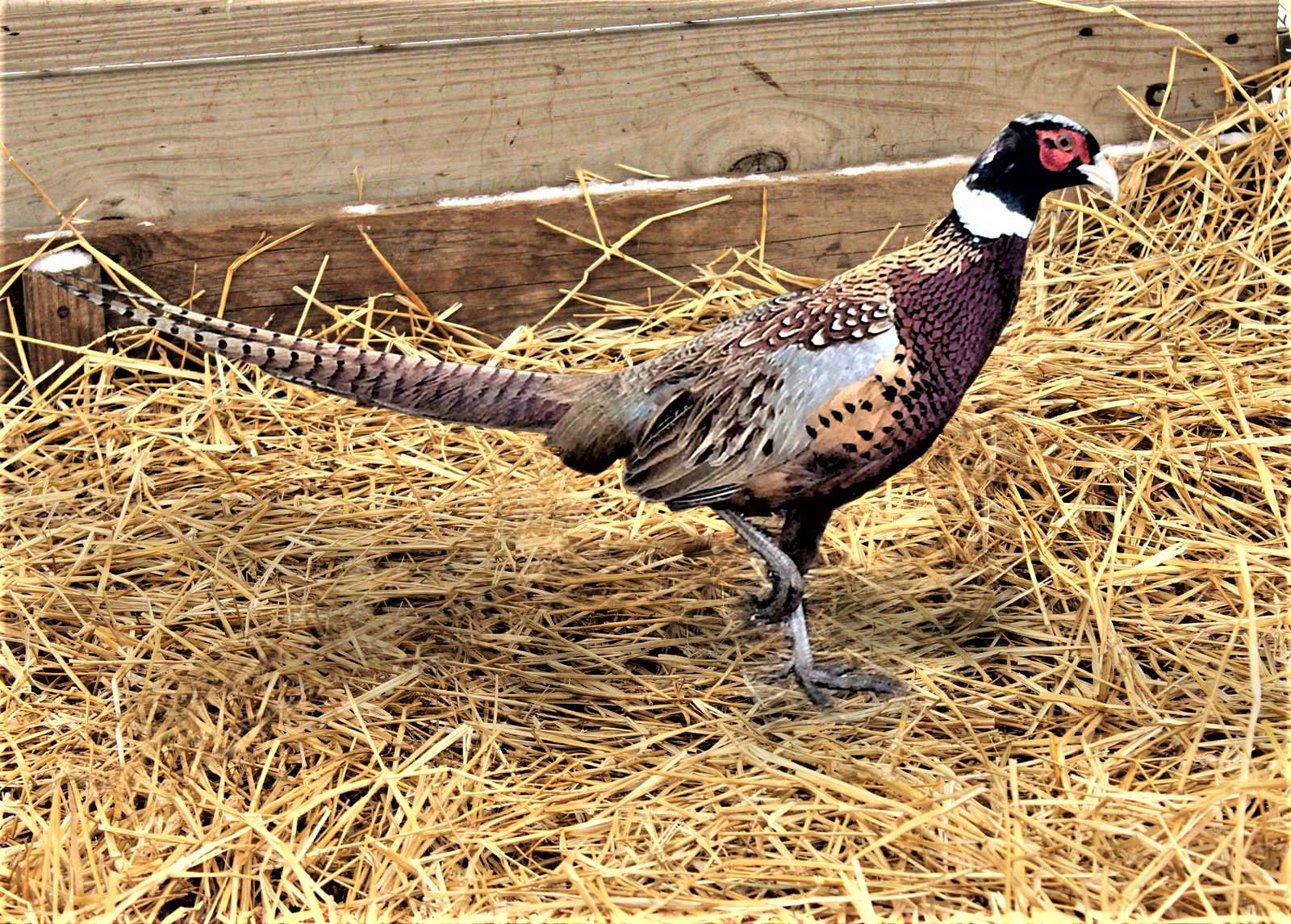
Our Milton Farm in 2024!
Read Post

10 Ways To Get the Most Out Of Brooder Barns
Read Post
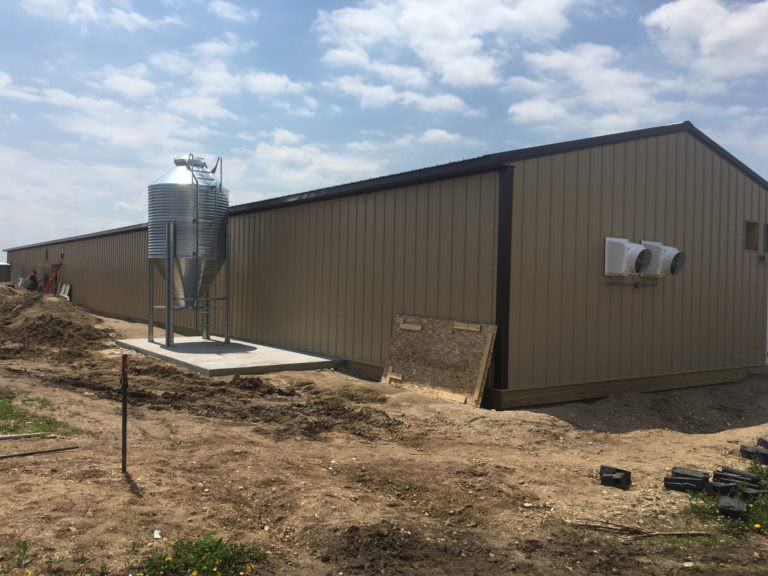
Air Flow in Barns
Read Post
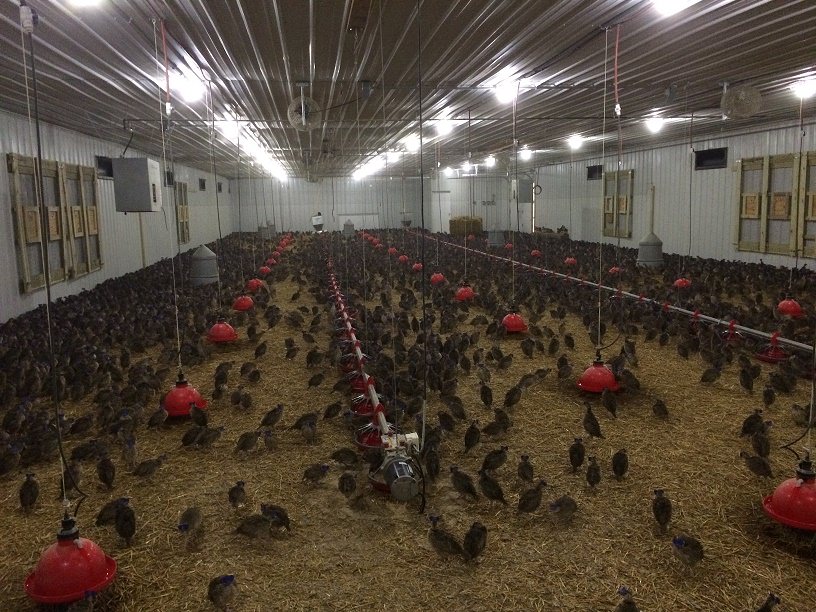
Barn Maintenance at MacFarlane Pheasants’ Milton Farm
Read Post

Best Bedding for Pheasants
Read Post
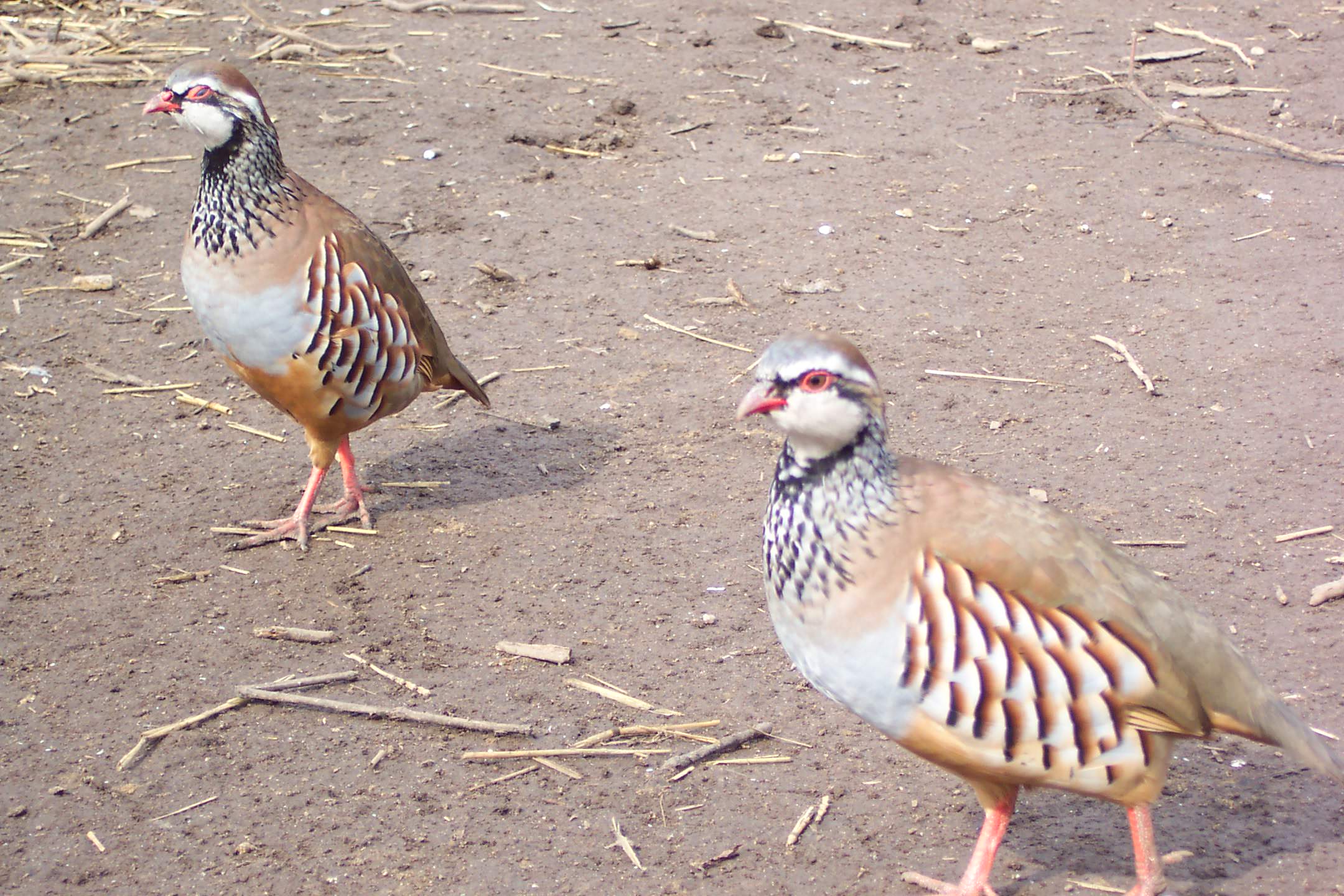
Birds On Top of Birds: Preventing Piling with Partridge Chicks
Read Post
Take Advantage of These Free Resources
As the biggest game bird farm in the United States, we want to share our experience with you. Download our free resources below and get started.

